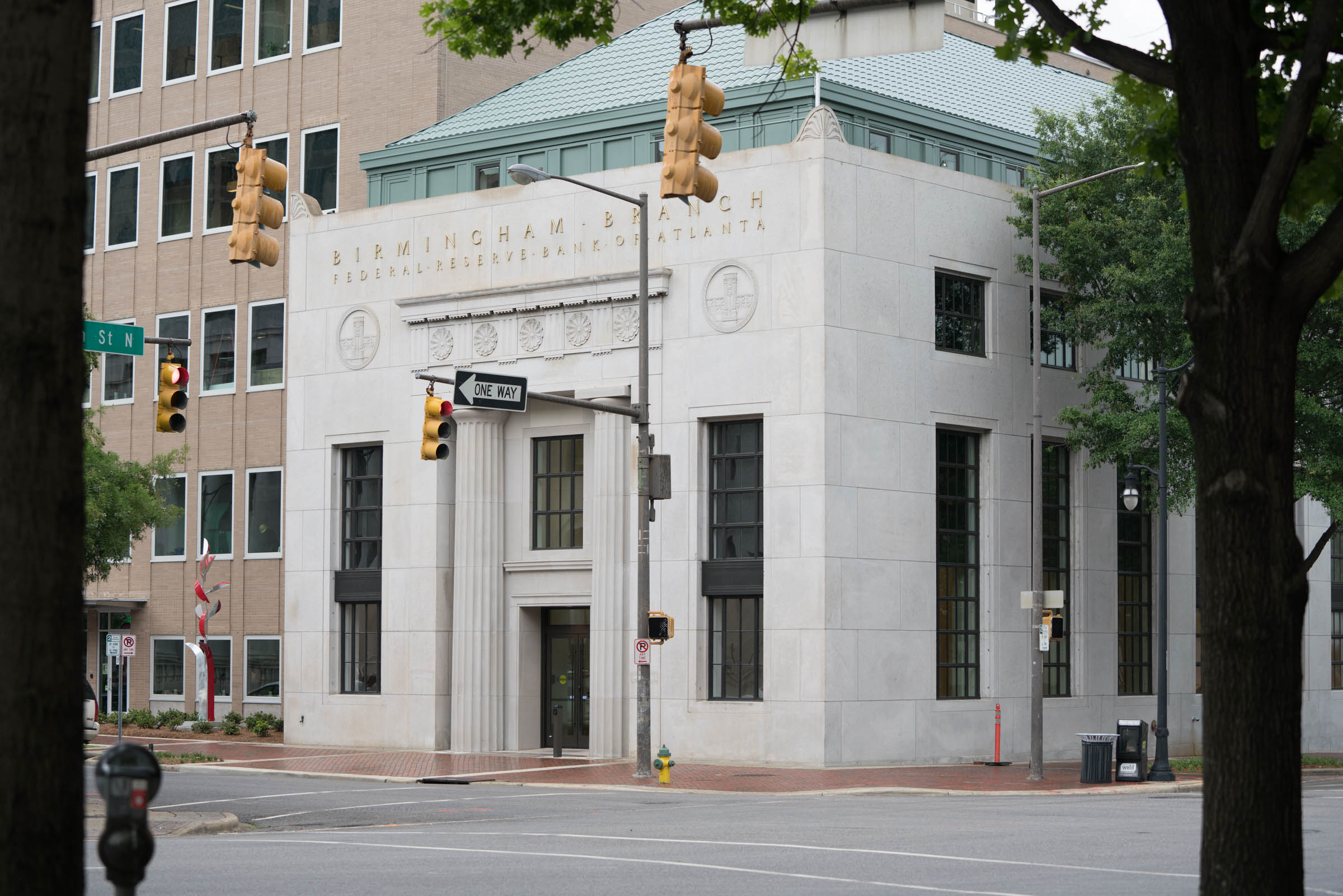
A new study by FMI reveals that design-build construction continues to grow among owners in the United States. According to the study, 39 percent of projects were design-build in 2017 and that number is expected to grow to 57 percent by 2021.
In the traditional method of design-bid-build (D-B-B) the owner contracts separately for the design and construction of a project. This requires the owner to deal with multiple contracts and multiple parties throughout the construction project. Using the design-build method, the owner has a single point of contact who is responsible for all the work on the project.
There are many reasons why design-build is growing in popularity.
Design-build is more innovative. In the survey, the larger and more complex the project, the more innovations and cost savings owners reported. Design-build is a collaborative process overall, so design and construction are working as a team to look at alternative systems, materials, and methods. With more voices at the table, everyone gets a fresh perspective. One of the things we value and focus on at Hoar is “relentlessly pursuing improvement.” Design-build projects foster creative thinking and allow us to work with the design team to incorporate improvements.
Design-build is less risky for the owner. The design-build firm takes on much of the responsibility and risk for the project, meaning they are unconditionally committed to its success. This contracting method removes some of the conflict often seen between architects and contractors eliminating the need for the owner to be the go-between for two separate teams. It reduces the risk of design and coordination errors, that could lead to change orders and then to delays.
Design-build is faster. Design teams and contractors work together through design, preconstruction and construction. There is no bidding phase such as there is with the traditional D-B-B method. As a collaborative process, the partnership leads to better planning, organizing, and executing, which leads to more thorough coordination. Thorough coordination leads to improved efficiency and flow and that leads to projects being completed more quickly and smoothly.
Having a single source of accountability improves communication, cost and schedule management, and allows the team to produce a higher quality project. Most importantly, this contracting method creates an atmosphere for having more satisfied owners and in turn, more satisfied design teams and contractors.

